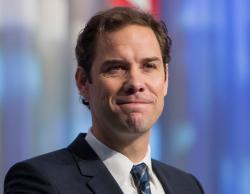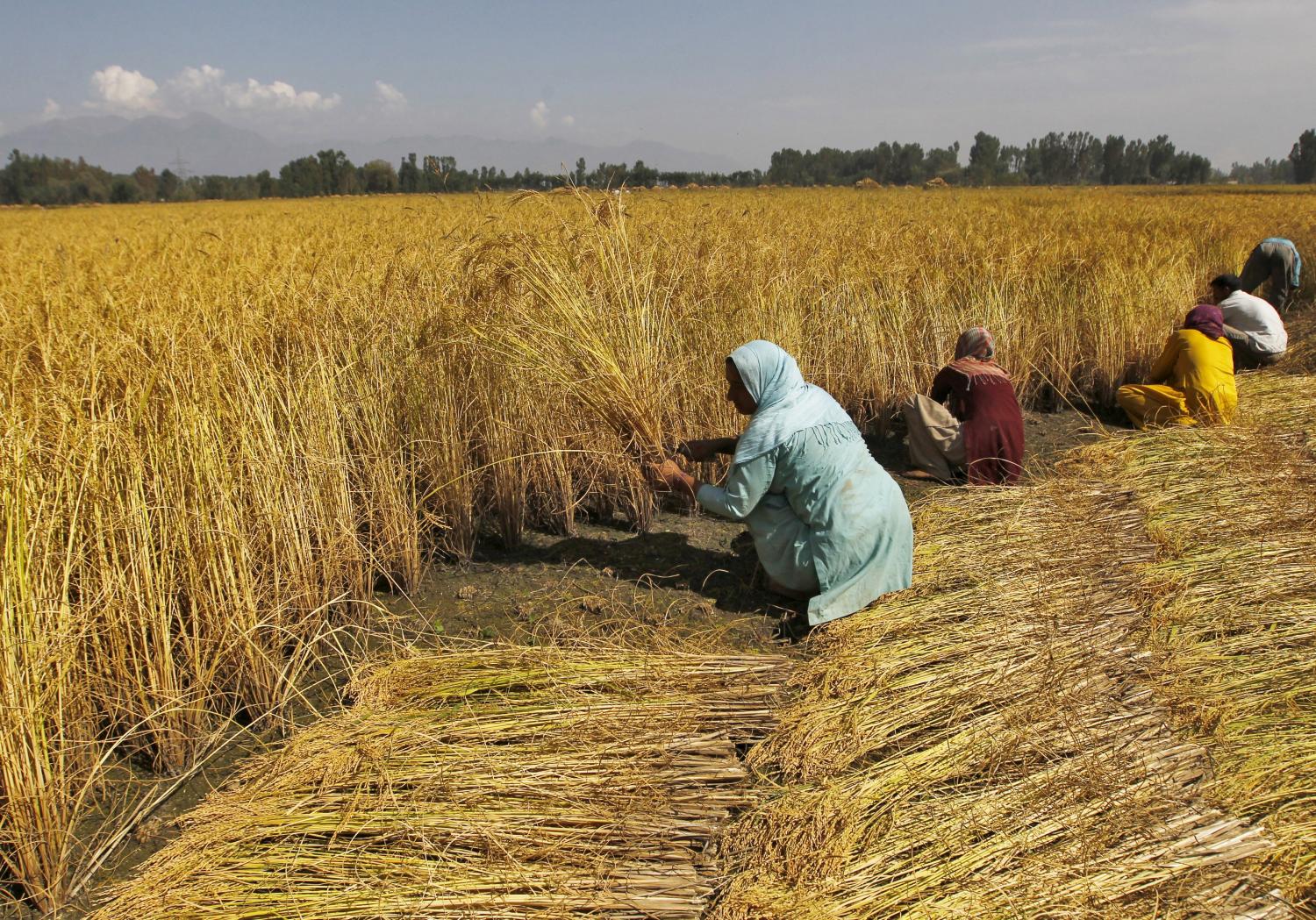Editor’s Note: This is a chapter from “The Last Mile in Ending Extreme Poverty,” which explores the challenges and steps needed to end extreme poverty.
Roughly 80 percent of the world’s extremely poor people are estimated to
live in rural areas, and around 60 percent work in agriculture (Olinto
and others 2013). As of late 2014 it remains difficult to translate these proportions
into precise headcount figures, but a reasonable approximation suggests
that approximately 800 million extremely poor people live in rural areas, and
more than 600 million are engaged in agriculture. Amidst the world’s extraordinary
recent declines in extreme poverty, the foremost last mile challenge of eliminating
extreme poverty by 2030 will be to ensure that these farm families
and local economies can reliably boost their incomes for the long term.
Fortunately, agriculture has enjoyed a renaissance of attention and global
public resources in recent years. This has included a doubling of official development
assistance for the sector since 2006, reversing a trend of long-term
decline and stagnation. However, as shown in figure 6-1, the recent aid levels of
more than US$11 billion still represent (in real terms) less than half the amount
invested in agriculture in the mid-1980s. By historical standards the renaissance
remains in its early stages.
Increased attention to agriculture has also reinvigorated debates around the
sector’s role in economic growth and poverty reduction. At one end of the spectrum,
scholars downplay agriculture and instead emphasize the “pull” mechanisms
of higher value added sectors like manufacturing and services as the key
to economic growth. At the other end of the spectrum, scholars emphasize the
central role agricultural productivity plays in feeding societies, keeping real
wages competitive, and freeing up labor for other sectors.
In its simplest form, the last mile for agriculture hinges on whether it is
easier to boost incomes on the farms where 600 million poor people already
live or to create long-lasting, higher-wage, off-farm jobs to support all the same
people. One central theme of this chapter is that each economy’s agricultural
circumstances are unique. But the bulk of the evidence suggests that—absent
natural resource discoveries or other windfall opportunities—agriculture will
continue to play a pivotal role in eliminating extreme poverty.




